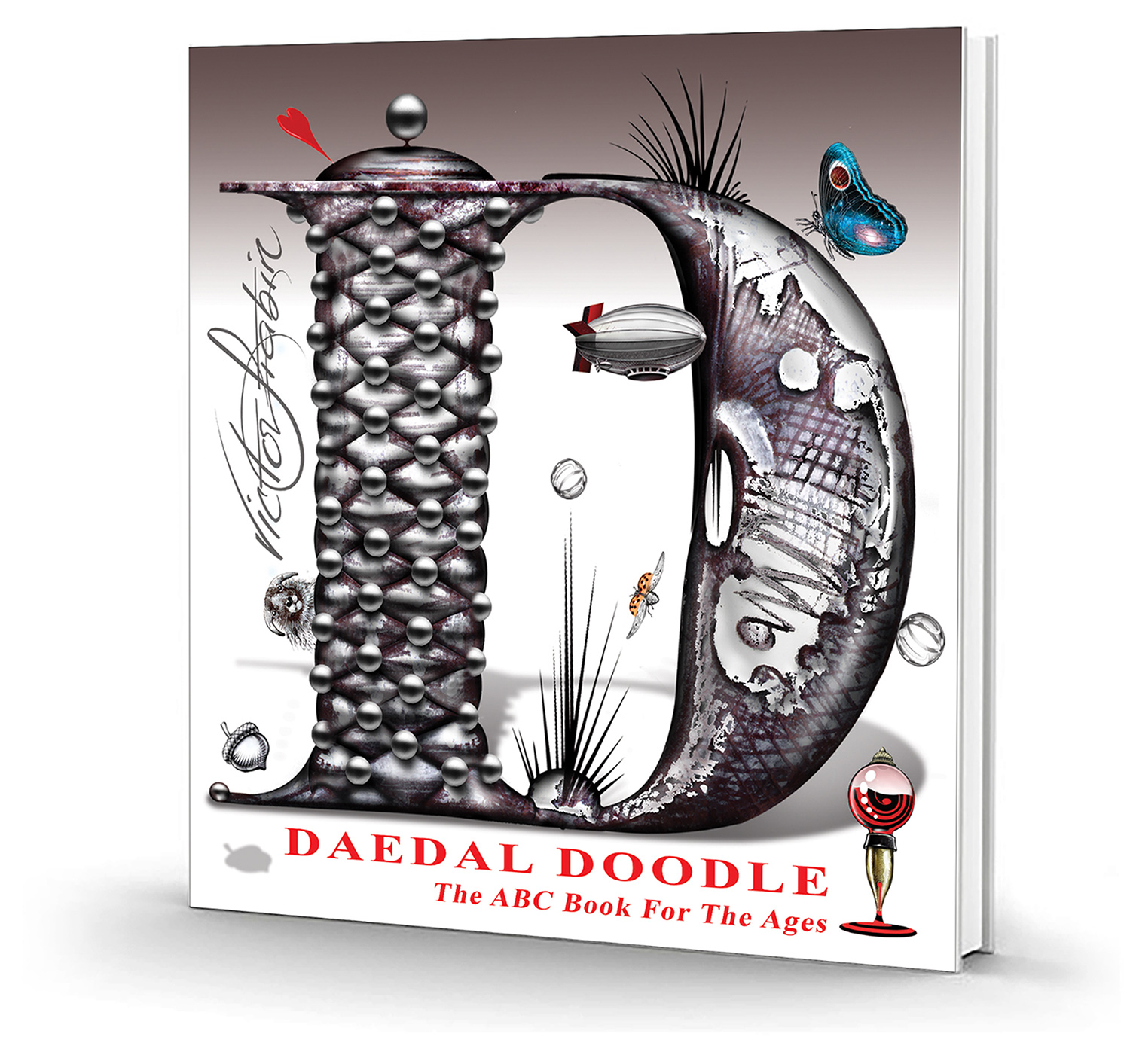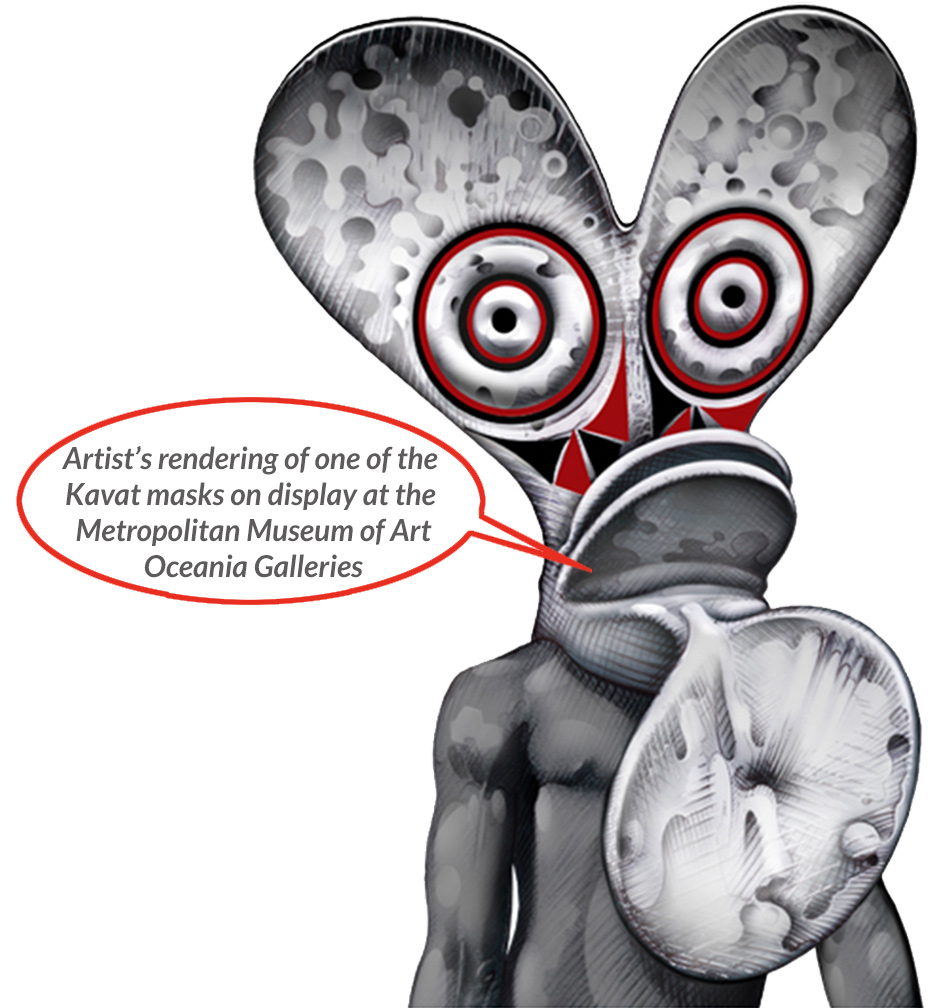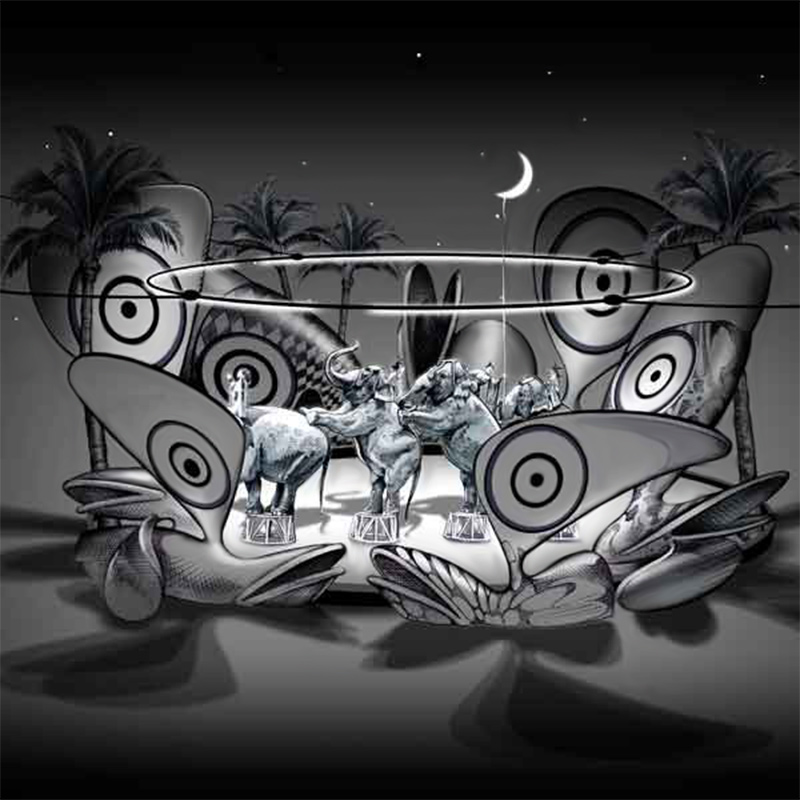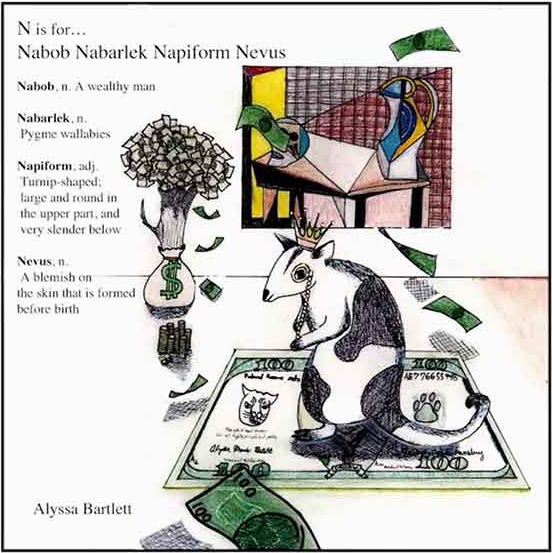More than Just an ABC Book

Daedal Doodle: The ABC Book for the Ages became a teaching curriculum, actually a cross-curriculum, that helps children develop literacy skills such as reading and vocabulary acquisition, develops creative writing skills, encourages artistic endeavors and more. Students learn new words by reading through the dictionary then depict visual narratives for those new words – integrating a form of learning that enhances creativity and reinforces word meaning, memory and recognition.
With arts funding reduced to less than $2 per student in many school districts across the country, it is vital to identify well-designed, cost-effective arts education programs. Daedal Doodle requires a dictionary, a pencil, a sheet of paper, and unlimited imagination. Over three years, Victor read some 8,000 pages from several dictionaries including the 2000-page Merriam Webster, The Oxford English Dictionary, and his favorite the Chambers Concise Dictionary, where he culled obtuse words for the book’s alliterations.

The Metropolitan Museum of Art

The Metropolitan Museum of Art’s educational department invited him to teach a class based on the making of Daedal Doodle. For this class, before Victor used the dictionary to source words, he used the Museum’s Oceania Galleries. The museum displays the artifacts of Polynesia, New Britain, Australia, and New Guinea.
Before giving the assignment to a young group, Victor made a sample image to let the class better understand what they were being asked to do. Initially, he was doing the assignment out of a sense of responsibility. However, after roaming the galleries and finding the Kavat Masks, the task quickly changed into the world of unimagined possibilities that reminded him of why he created Daedal Doodle in the first place. He was stunned by the looney*, otherworldly, Kavat Masks of the Baining people in the New Guinea section of the Met’s exhibit. Not only had he never come across something so physically and culturally ornate, he had never come across something so spiritually enchanted.
The next part of the assignment was to go to the letter “K” section of the dictionary and find a word or words that would make the alliteration. Sometimes that takes awhile; this time, it happened in mere minutes. Victor found the word Khedah. His imagination felt like comets colliding in space. I immediately changed the scale of the Kavat to be the walls of the Khedah, thereby creating the. . .

Kavat, n. The dramatic bark cloth kavat masks created by New Guinean’s Central Baining people are used exclusively in night dance. This mask represents spirits associated with the forks of tree trunks.
Khedah, n. (in India, Myanmar, etc.) an enclosure into which wild elephants are driven and captured.
*Looney is not meant as a pejorative but rather is an example of my initial ignorance of the Banning /New Guinean culture. With a little investigation, it became apparent that their beliefs are ecologically vibrant. They are as anthropologically exciting as the thought of visiting another planet.
National Endowment for the Arts, The Allentown Art Museum and Panther Valley High School

National Endowment for the Arts (NEA) was looking to provide grants to artists from previously unfunded regions. In March 2011, the Allentown Art Museum contacted Victor as they had received funding from the NEA and were looking for a regional artist for a teaching residency at a local high school.
They asked me to teach ten three-hour sessions at Panther Valley High School, located in the heart of Pennsylvania’s once seminal coal region. The descendants of the coal miners have mainly become blue-collar workers. The ones Victor is lucky enough to know are a highly-skilled group of craftsman, masons, woodworkers, and welders. It seems it is outside their experience to consider becoming an artist as a profession.
Historically, the region does not support the arts in that way, and there are very few professional artists. The ones that do wind up there are quite the anomaly. Thus, there is a minimal instructor base of career artists available to teach art as a professional path. Victor decided to show the students his “Turtle Series” paintings and Daedal Doodle ABC book as well as highlights from his 20-year career as an illustrator. After giving the presentation to about 300 students, serendipitously, 26 elected to take the class. There are 26 letters in the alphabet, 26 characters in an ABC book, and 26 students in the class, perfect. Then, with complete certitude, he knew he wanted the class to make their version of my ABC book.
The lesson plan mimicked the process Victor went through to create Daedal Doodle. Each student was assigned a letter of the alphabet and was encouraged to peruse every word for their letter. While doing so, they were asked to make a list of cool sounding, unfamiliar nouns, and adjectives that inspired an alliteration they could see themselves illustrating. Victor’s job was to demonstrate a process that could easily be understood. One that would encourage students to come up with something utterly new to them. One that ultimately they could call “Art” and at the same time imagine that art as their stand-alone product.
The kids were completely open to what looked more like fun than work. Victor was amazed to see them inspired and involved with the assignment, very much as he had been. A few students remarked that it was the first time they had ever just “read” the dictionary. In degrees, his fondness for the dictionary has episodically changed his life. Language skills allow you to communicate with self-confidence while sharing ideas. The dictionary simultaneously involves the basics of vocabulary while seeding visual imagination. The kids could not read these words without seeing images.
Seeing a room full of students reading the dictionary was the beginning of my “Aha!” moment.
Victor with the daedal doodle class at panther valley high school
To Victor, the success of this “accidental” curriculum reminds me of the accidental invention of Teflon in 1938. There was some odorless substance at the bottom of a can that could not be washed, burnt, or chemically dissolved away, a strange byproduct of a previous experiment.
After examination by a young chemist, Roy J. Plunkett, Teflon went on to become a gigantic industry for decades and decades. Plunkett often told student audiences; his mind was prepared by education and training to “recognize novelty.”
Victor recognizes the novelty that reading the dictionary to source words for drawing can be an essential process to end the trend of separating the arts from primary education. Each student he taught proudly came up with nothing short of some dizzying kind of new pictorial word invention.
The essential tools are a dictionary, a pencil, and a pad. The byproduct is a world of knowledge and imagination. Reading scores for high school students taking the SAT this year was the lowest on record in the 30-year-history of the exam. It is not uncommon to hear about cutbacks in educational funding, primarily in the arts. More than ever, there is a greater responsibility to create a direct connection between the arts and education. In Victor’s experience, they are the same.
To date, Victor has taught his “accidental curriculum” at residencies, keynotes, and workshops at the following locations:
- School of Visual Arts, New York, NY
- Panther Valley School District, Lansford, PA
- Crayola, Easton, PA
- Carbon Career and Technical Institute, Jim Thorpe, PA
- Allentown Art Museum of the Lehigh Valley, Allentown, PA
- Tamaqua Area School District, Tamaqua, PA
- The Metropolitan Museum of Art, New York, NY
- The High School of Art and Design, New York, NY
- Nightingale-Bamford School, New York, NY
- Saucon Valley Middle School, Hellertown, PA
- SHINE After School Program, Carbon County, PA



